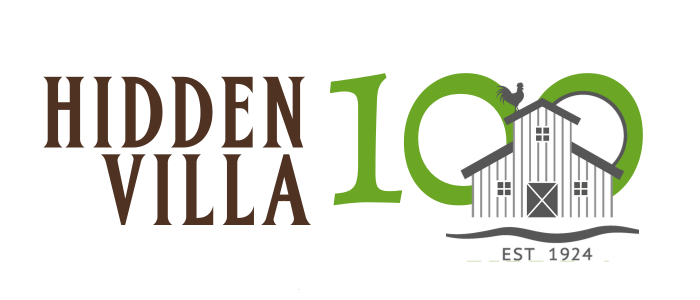“…The story is mostly about Andy Scott. He was the farm manager here before me. He came to Hidden Villa first in 1991. He’d been a beekeeper and a gardener in the Central Valley for many years and was well-known within the organic farming community. Andy was hired at Hidden Villa in 1991 and at the time was managing just about everything agricultural property-wide.
He managed the education garden and the farm program, which was pretty different back then. He took care of all the animals, and just about every aspect of the property including irrigation systems, fences, EVERYTHING.
People call it a farm or the ranch now, but at that time it was much more of a ranch, and largely because of our lack of water there really hadn’t been much gardening or agriculture practiced here. The one exception was the ‘frying pan field’ (the field near the white house), which was actually the first garden space at Hidden Villa, long before it was Hidden Villa.
The Duvenecks were huge horse people. They had a big horse corral in the area along Moody Road. There were Los Altos Hills town events with horses in partnership with Westwind Barn. A lot of people in this area had horses, many still do. The Duvenecks boarded horses on the fields where we now have the farm. It was really overgrazed. I’ve seen pictures of it from 1988. It was just dirt.
Andy started to transform that. He began growing a few things in the areas that had been overgrazed. He started small and built upon his successes. Then, he started having intermittent pasture animals, mostly ruminants, to graze.
One of the biggest innovations he made early in his time here was to our agricultural irrigation system. He described to me on many occasions, hands down, the biggest challenges that he had were water and irrigation. They’re really the same challenges we face today. How do you set up an irrigation system that’s not going to get clogged because the water has so many sediments in it? And how do you use our limited resources of water the most responsibly?
Early on in his time here, he invested in drip irrigation hose, the same hose in fact that we still use today. Andy started buying some of those in the mid to late ’90s. They were developed only in the early ’90s. If we didn’t have that incredibly water-conserving irrigation, we wouldn’t be capable of growing here at all.”

)